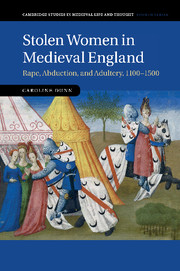 Synopsis: The women of the Third Reich were a vital part in a complex and vilified system. What was their role within its administration, the concentration camps, and the Luftwaffe and militia units and how did it evolve in the way it did?
Synopsis: The women of the Third Reich were a vital part in a complex and vilified system. What was their role within its administration, the concentration camps, and the Luftwaffe and militia units and how did it evolve in the way it did?
We hear from women who issued typewritten dictates from above through to those who operated telephones, radar systems, fought fires as the cities burned around them, drove concentration camp inmates to their deaths like cattle, fired Anti-Aircraft guns at Allied aircraft and entered the militias when faced with the impending destruction of what should have been a one thousand-year Reich.
Every testimony is unique, each person a victim of circumstance entwined within the thorns of an ideological obligation. Women of the Third Reich provides an intriguing, humorous, brutal, shocking and unrelenting narrative journey into the half lights of the hell of human consciousness - sometimes at its worst.
So, whilst this era is not my usual period of study, I was fascinated by the premise. We read so much about life on the home-front in England or American during WWII, that I was curious to say the least, about what stories these women hold and would reveal.
What author Tim Heath has done is provide a personalised, human face to a hated regime. We view this controversial period in history through the eyes of the young girls and women who lived through it, survived it, and were willing to talk about it. He states in his introduction that the answers to why these women and girls became "embroiled in the madness and horror of the Third Reich" would be found in the stories that followed - they are.
Its a compelling read. I wasn't sure what I was expecting when I picked up this tome - I guess more of a narrative from the author punctuated by examples collated from interviews - but it is the other way around for much of this work is the words and memories of the women themselves. And these words speak volumes. Take away the words "Hitler, SS, Nazi" and these girls' stories could have come from anywhere in war-torn Europe. In fact I made mention that some of the stories of the BDM (League of German Maidens) girls was very similar to what I had read in Yulia Zhukova's memoir "Girl with a Sniper Rifle" (Soviet perspective).
When Germany emerged from WWI, defeated, weakened and nationally humiliated by the terms of the Treaty of Versailles, which they as a nation considered an injustice, the country was ripe for the planting of the seeds of national socialism. This was the era in which many of the girls were born into and grew up in - their parents having lived through the horrors of war and the consequences of the imposed war reparations that followed. And what ultimately united them all - what they had left to cling to - was a sense of national pride - a word that today that is considered by so many in the West as politically incorrect and an unacceptable ideaology.
But for these girls this was all that they knew - and there were many hardline supporters of the regime up until the very end. However, like many who live under such a rigid, totalitarian regime (ie: Stalinist Russia, Communist China, Fascist Spain, or any other number of military dictatorships worldwide), to survive you toe the party line and keep your thoughts and feelings to the contrary to yourself - and there are many documented stories of those who did so out of fear of torture and death - for themselves and their families.
The definition of a military regime is as follows:
A military regime is a form of government wherein the political power resides with the armed forces. The military is the legitimate power-holding group that centralizes political and legal authority. Military regimes are generally held together by their egalitarian belief in equal political, economic, social, and civil rights for all people. Thus, military regimes emerge most often as products of political, economic, and societal crises to replace weak executives and governments.
Back to the girls and their stories. What an eye-opener! Some of these left me lost for words - just sitting there, staring at the pages I had just read. How many readers just assume that these girls lived idyllic lives, completely oblivious to the world around them - I am sure there were some that did. But these women looked back on their lives and many recounted stories of verbal, physical and sexual abuse (at the hands of those who were supposed to revere them as paragons of Germanic virtue); of personal hardship and of surviving against all odds (scavenging for food, salvaging the dead from bombed out cities); of fighting for their country (especially in the final defense of Berlin); and in the years that followed (for it was the women who took on the initial role of rebuilding).
The roles of the women was varied - though collated for us in the chapters: we are introduced to office and factory workers; women of the Red Cross; the women who took on a military role; and those that incurred the hatred of so many, the camp guards. Some of the stories are chilling to say the least, others are peppered with humour; all are personal and viewed through the eyes of those who lived through it all - they are, ".. a physical connection to the history ..". Many struggled post-war and found it hard to talk about this period, especially now with all the backlash and attitudes to acknowledging events in the past.
This isn't just a glorifcation of what once was nor a voyeuristic view of cruelty perpetuated at the hands of a few; it is the stories of women - mere girls at the time - and of how they lived and survived in a time many of us today were lucky not to have. And maybe, just maybe, when you come to the end, you shed a little tear for the loss of so much innocence.
The final word goes to Adelen Muller:
" .... an English soldier once asked me if I felt it was all worth it. I told him, 'These things are only worth it if you win the fight. If you are the loser it is never worth it' ..."
and to author Tim Heath:
".... There are few of us who will depart this earth with a completely clear conscious on how we have lived our lives. Our unhappy chapters are often conveniently suppressed, becoming mercifully blurred by time and overtaken by the happier events of our lives .... "
and the Bible - The Gospel According to John:
'... He that is without sin among you, let him first cast a stone at her .."

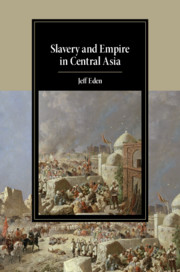

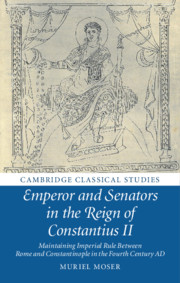




![Special Commission by [Hall, John]](https://images-fe.ssl-images-amazon.com/images/I/51i1hi18fXL.jpg)
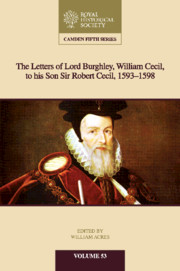





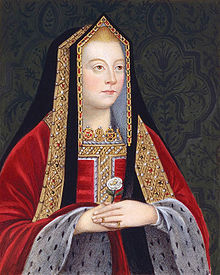


![The Traitor and the She Wolf by [Adkins, David]](https://images-na.ssl-images-amazon.com/images/I/419mpcTxduL.jpg)


